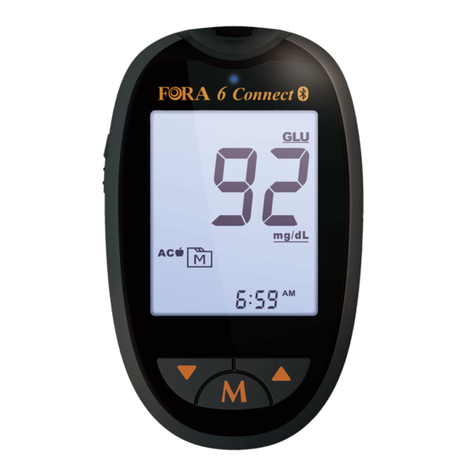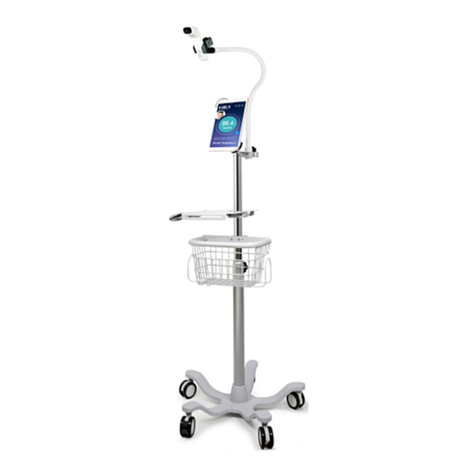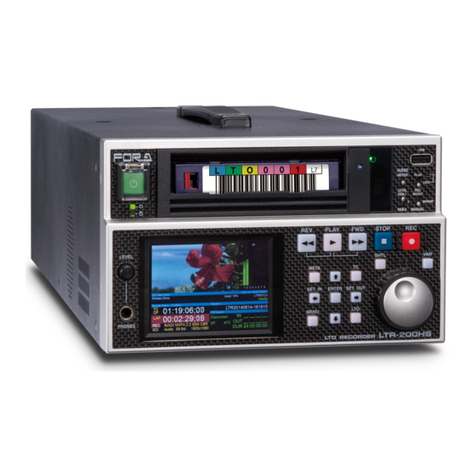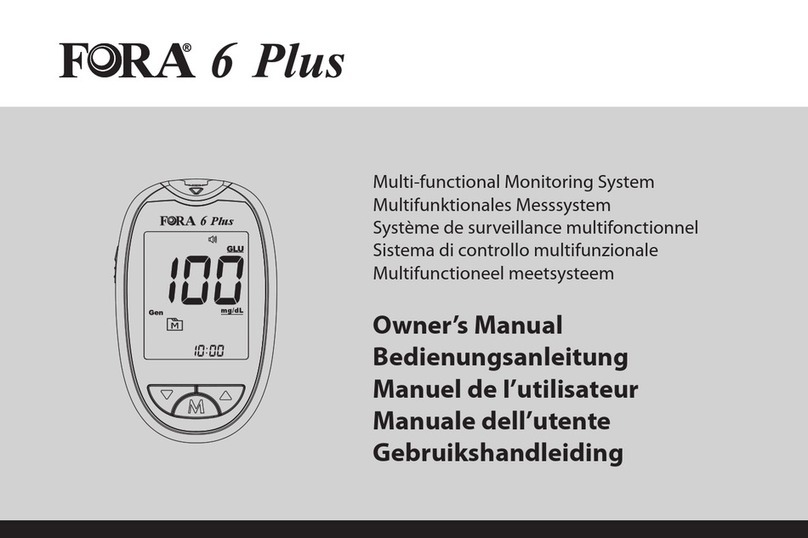
TABLE OF CONTENTS
BEFORE YOU BEGIN ............................................................................ 2
Important Information.................................................................... 2
Meter Overview ............................................................................. 3
Contents of System ...................................................................... 4
Display Screen.............................................................................. 5
Test Strip ....................................................................................... 5
SETTING THE METER ........................................................................... 6
THE MEASURING MODES .................................................................... 8
Before Testing ........................................................................................ 8
Calibration ..................................................................................... 8
How to Code Your Meter (for β-ketone/total cholesterol/uric acid
test) ............................................................................................... 8
Checking the Code Number ......................................................... 9
QUALITY CONTROL TESTING ........................................................... 10
When Should the Control Solution Test be Performed? ............. 10
Performing a Control Solution Test ............................................. 10
TESTING WITH BLOOD SAMPLE ....................................................... 12
Preparing the Lancing Device for Blood Testing ......................... 12
Preparing the Puncture Site ....................................................... 12
Performing a Blood Test ............................................................. 13
METER MEMORY ................................................................................. 15
Reviewing Test Results ............................................................... 15
Reviewing Blood Glucose Day Average Results ........................ 15
UPLOADING RESULTS TO A SERVER .............................................. 16
STAY SAFE WITH THE PANIC BUTTON ............................................. 17
MAINTENANCE .................................................................................... 18
Battery ........................................................................................ 18
Recharging the Battery ............................................................... 18
Replacing the Battery ................................................................. 18
Caring for Your Meter.................................................................. 19
Caring for Your Test Strips .......................................................... 19
Cleaning Your Lancing Device .................................................... 20
Important Control Solution Information ....................................... 21
SYSTEM TROUBLESHOOTING .......................................................... 22


































